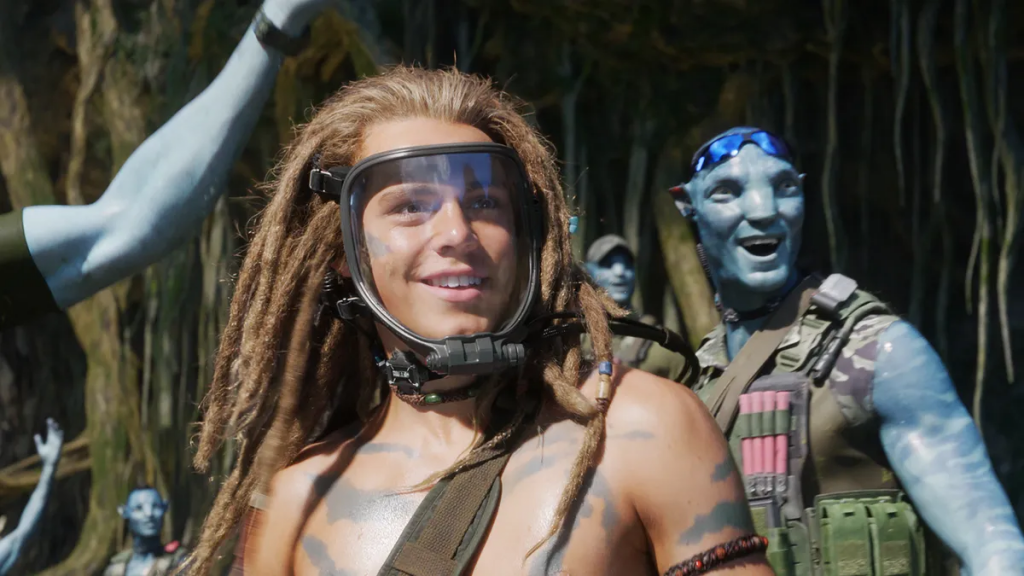There is much interest in the creation of the film Avatar: The Way of Water since it is doing so well at the box office. Screenwriters for Avatar: The Way of Water Rick Jaffa and Amanda Silver discussed how the entire trilogy was conceptualized over 10 years ago with filmmaker James Cameron in a location they refer to as “Avatar boot camp” in an interview with Variety. It’s pretty safe to assume from their discussion that Cameron’s approach to creating the following Na’vi narrative was as ambitious as the films’ recognizable spectacular effects.
Every writer would join forces after hearing Cameron’s ideas and reading his notes on Pandora’s future and then propose ideas until they had the entire series planned out all the way to the very end of the final movie.
The crew also included fellow screenwriters Josh Friedman (Snowpiercer series) and Shane Salerno (Armageddon), and as the ideas began to flow, three sequels turned into four. Silver describes how the entire process came about:
“We met for six months. It was so big and so exciting. But it was going to take the room to wrangle all this amazing material into three movies that would each be individual yet follow the saga of all these different characters in these expanding worlds… [James Cameron] had let himself just kind of jot down all his dreams and thoughts about different Na’vi worlds and possibilities of all these characters and creatures. So he hadn’t made himself organize it yet. The writers room was the time to organize.”

Starting with arranging and organizing your thoughts is always a good idea. The issue was that Cameron and the group of writers were assembling a whole franchise, and Jaffa provides a picture of how chaotic the planning stage got – and why Cameron required that everyone work together extensively before tasking each of them with writing one movie:
“Once we kind of got a baseline of education, then the whiteboards were brought into the room and we started mapping out characters, members of the family, story arcs and so forth. There was so much material that a handful of really large whiteboards suddenly became this room full of whiteboards. I mean, whiteboards were everywhere, and then whiteboards that flipped over and you could write on the other side. […] When there was an outline or treatment for the first movie, we all contributed to it. We did that on each film. By the time we got to the last one, I think we had a mind-meld. One of us would come up with an idea and someone else would be simultaneously coming up with that same idea.”
Jaffa continues by saying that Cameron made a point of keeping quiet about who would pen each film because he was concerned that doing so may cause the crew to become less invested in one another’s projects. In order to determine the premise and major plot points of the narrative, he initially had them all work together. Once they were all on the same page, it was time to separate them. Jaffa and Silver received the second film (which was later divided into Avatar 2 and Avatar 3), Friedman was given the opportunity to write the fifth and final chapter, and Salerno was given the task of sending the Na’vi into the distance.
What Was Will Be Again
Of course, given that Avatar’s subsequent sequels are released every two years, it will be a very long time before we can know how everything turned out. Only until Avatar 5 is released in 2028 will we be able to truly understand what Cameron and his team of four screenwriters came up with in that disorganized room with whiteboards.
Currently showing in cinemas is Avatar: The Way of Water. Below is a video of our conversation with Jon Landau, the franchise’s producer:


















